- Home
- Solutions
- EV Charger
- Solar & Energy Storage
- Product
- ISO Certs & Training
- ISO 50001 Energy Management System – Training Courses
- ISO 14001 Environmental Management System – Training Courses
- ISO 37101 Management Systems for Sustainable Development in Communities – Training Courses
- ISO 26000 Social Responsibility – Training Courses
- ISO 20400 Guidelines for Sustainable Procurement – Training Course
- Company
Energy Storage Battery and Scalability
Optimized Energy Storage Solutions for Your Business Projects
Energy storage battery technology is undergoing a rapid and transformative evolution, driven by the increasing integration of renewable energy sources, the need for grid stability, and the growing demand for electric vehicles. As of mid-2025, while lithium-ion batteries remain dominant, significant advancements and emerging alternatives are reshaping the landscape.
Lithium-ion Batteries
How Innovation Is Keeping Lithium-Ion Battery on Top

1K
Charging Ports Worldwide

1K
Electric Vehicle Owners
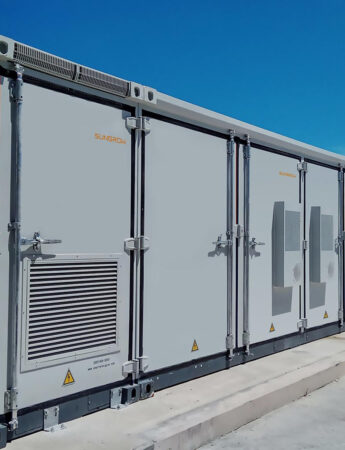
Current Dominance and Advancements in Lithium-Ion Batteries Lithium-ion (Li-ion) batteries continue to be the workhorse of the energy storage sector, particularly in electric vehicles (EVs) and short-to-medium duration grid storage. Ongoing research and development are focused on improving their:
Energy Density
Safety and Longevity
Cost Reduction
Recycle Lithium-ion Batteries
Lithium-ion Batteries
How Innovation Is Keeping Lithium-Ion Battery on Top
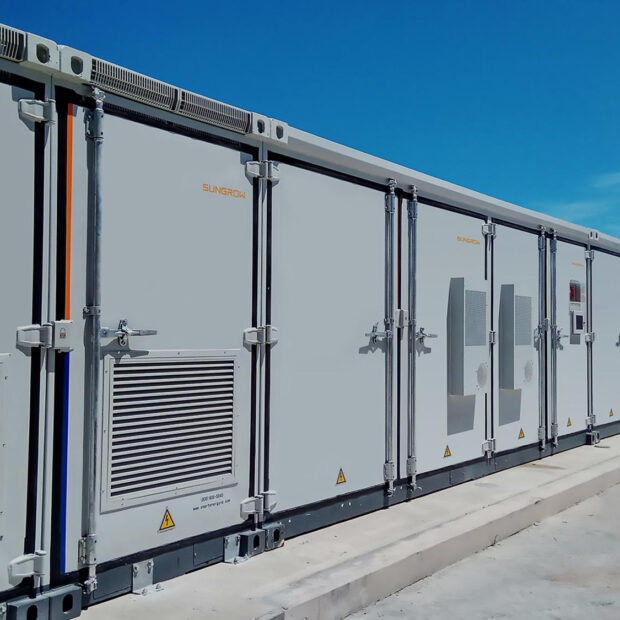
Current Dominance and Advancements in Lithium-Ion Batteries Lithium-ion (Li-ion) batteries continue to be the workhorse of the energy storage sector, particularly in electric vehicles (EVs) and short-to-medium duration grid storage. Ongoing research and development are focused on improving their:
Energy Storage Types
Next-Gen Battery Technology
Sodium-Ion Batteries
Emerging as a cost-competitive alternative to lithium-ion, sodium-ion batteries leverage abundant materials to deliver comparable performance with enhanced safety and superior cold-weather operation. Second-generation designs now achieve higher energy density and faster charging, positioning them for mass adoption.
Solid-State Batteries
The holy grail of energy storage, this technology replaces volatile liquid electrolytes with solid alternatives, potentially tripling energy density while eliminating fire risks. Though still in development, semi-solid variants are expected to reach electric vehicles by 2027-2028, with full solid-state versions to follow.
Flow Batteries
Revolutionizing grid-scale storage, these systems use liquid electrolytes in external tanks, enabling independent scaling of power and capacity. New saltwater-based designs combine environmental benefits with exceptional longevity - perfect for renewable energy integration.
Water-Based Batteries
By utilizing aqueous electrolytes, these inherently safe systems completely eliminate fire hazards while demonstrating remarkable cycle life. Advanced "water-in-salt" formulations show particular promise for solar energy storage applications.
Lithium-Sulfur & Other Emerging Options
Lithium-sulfur (high energy density, reduced critical materials), Zinc-air (ultra-low cost, sustainability), Nickel-zinc/magnesium-ion (stable, cost-effective alternatives)
Energy Storage Solutions
End-to-End Energy Storage Solutions – From Assessment to Installation
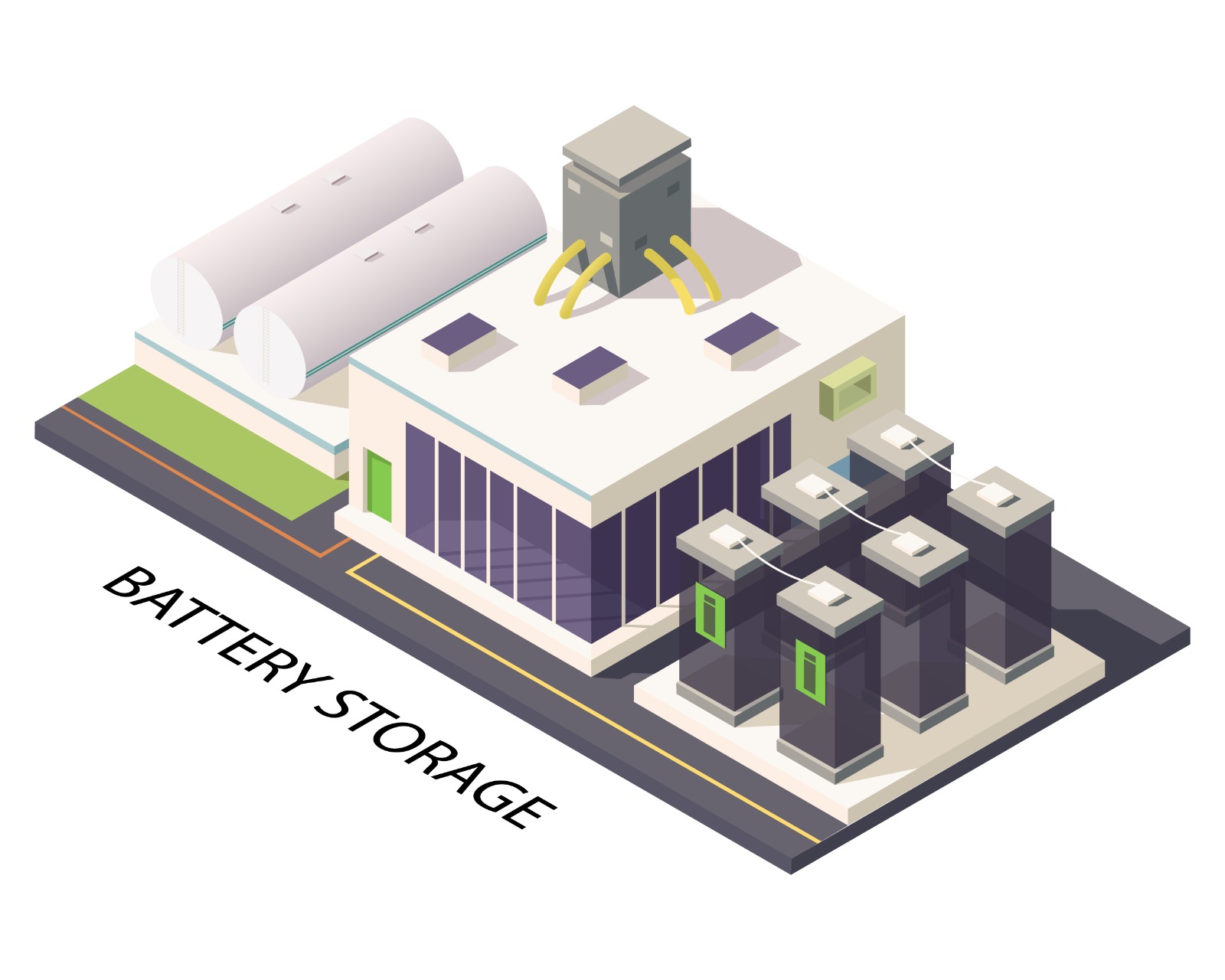
How Top Battery Technologies Stack Up
The comparison helps identify the best technology for specific needs, whether prioritizing energy density (NMC), lifespan (flow), or balanced performance (LFP).
| Technology | Energy Density (Wh/kg) | Cycle Life (80% DoD) | Round-Trip Efficiency |
|---|---|---|---|
| Lithium Iron Phosphate (LFP) | 90–160 | 4,000–6,000 | |
| NMC (Nickel Manganese Cobalt) | 150–250 | 3,000–5,000 | |
| Sodium-Ion (Na-Ion) | 70–160 | 3,000–5,000 | |
| Flow Batteries (Vanadium) | 15–50 | 15,000+ | |
| Lead-Acid (Advanced) | 30–50 | 500–1,500 |
Technology
Lithium Iron Phosphate (LFP)
Energy Density (Wh/kg)
90–160
Cycle Life (80% DoD)
4,000–6,000
Round-Trip Efficiency
NMC (Nickel Manganese Cobalt)
Energy Density (Wh/kg)
150–250
Cycle Life (80% DoD)
3,000–5,000
Round-Trip Efficiency
Sodium-Ion (Na-Ion)
Energy Density (Wh/kg)
70–160
Cycle Life (80% DoD)
3,000–5,000
Round-Trip Efficiency
Flow Batteries (Vanadium)
Energy Density (Wh/kg)
15–50
Cycle Life (80% DoD)
15,000+
Round-Trip Efficiency
Lead-Acid (Advanced)
Energy Density (Wh/kg)
30–50
Cycle Life (80% DoD)
500–1,500
Round-Trip Efficiency
Understanding Battery Storage More
Grid-scale battery storage is one option for integrating renewable energy, but not always essential. Many systems can achieve high renewable penetration without storage by leveraging other flexibility sources like grid interconnections, demand management, and flexible generation. The need for batteries depends on factors like generation mix, demand patterns, and existing infrastructure. Often, alternatives like pumped hydro or transmission upgrades may be more cost-effective.
Key Characteristics of Battery Storage Systems:
Power Capacity (kW/MW): Maximum instantaneous discharge rate from full charge.
Energy Capacity (kWh/MWh): Total stored energy available.
Storage Duration (hours): Time a battery can discharge at full power before depletion (e.g., 4 MWh / 1 MW = 4 hours).
Cycle Life: Number of charge/discharge cycles before significant degradation.
Self-Discharge: Energy loss over time due to internal reactions (critical for long-duration storage).
State of Charge (%): Current energy level, affecting grid service availability.
Round-Trip Efficiency (%): AC-AC or DC-DC energy output vs. input, including losses (AC-AC matters most for utilities).
Power Capacity (kW/MW): Maximum instantaneous discharge rate from full charge.
Energy Capacity (kWh/MWh): Total stored energy available.
Storage Duration (hours): Time a battery can discharge at full power before depletion (e.g., 4 MWh / 1 MW = 4 hours).
Cycle Life: Number of charge/discharge cycles before significant degradation.
Self-Discharge: Energy loss over time due to internal reactions (critical for long-duration storage).
State of Charge (%): Current energy level, affecting grid service availability.
Round-Trip Efficiency (%): AC-AC or DC-DC energy output vs. input, including losses (AC-AC matters most for utilities).
Key Services Provided by Battery Energy Storage Systems (BESS):
1. Energy Arbitrage
Charge during low-price periods, discharge during peak demand for profit.
Reduces renewable energy curtailment by storing excess generation.
2. Operating Reserves & Ancillary Services
Frequency Regulation: Instantaneous response to grid frequency fluctuations.
Ramping & Load-Following: Balances supply-demand mismatches in real time.
Spinning/Non-Spinning Reserves: Backup power during outages.
3. Grid Infrastructure Deferral
Delays costly transmission/distribution upgrades by managing peak demand.
Mobile BESS units can be relocated as grid needs evolve.
4. Black Start Capability
Restarts power plants after grid outages without diesel generators.
Provides other services (e.g., arbitrage) during normal operations.
Market & Reliability Benefits
U.S. Markets: Some services (e.g., frequency regulation) are monetized; others (e.g., black start) are emerging.
Growth: Utility-scale BESS deployments are expanding across these applications.
1. Energy Arbitrage
Charge during low-price periods, discharge during peak demand for profit.
Reduces renewable energy curtailment by storing excess generation.
2. Operating Reserves & Ancillary Services
Frequency Regulation: Instantaneous response to grid frequency fluctuations.
Ramping & Load-Following: Balances supply-demand mismatches in real time.
Spinning/Non-Spinning Reserves: Backup power during outages.
3. Grid Infrastructure Deferral
Delays costly transmission/distribution upgrades by managing peak demand.
Mobile BESS units can be relocated as grid needs evolve.
4. Black Start Capability
Restarts power plants after grid outages without diesel generators.
Provides other services (e.g., arbitrage) during normal operations.
Market & Reliability Benefits
U.S. Markets: Some services (e.g., frequency regulation) are monetized; others (e.g., black start) are emerging.
Growth: Utility-scale BESS deployments are expanding across these applications.
Battery storage can be strategically placed in three key locations, each offering distinct advantages:
1. Transmission Network
Best for: Grid-scale stability, ancillary services (frequency regulation, reserves), and deferring costly transmission upgrades.
Benefits:
Replaces gas peaker plants.
Reduces congestion from renewable generation or demand spikes.
Supports bulk power system reliability.
2. Distribution Network (Near Load Centers)
Best for: Localized demand management, power quality, and resilience.
Benefits:
Avoids land-use/emissions issues (unlike gas peakers).
Reduces grid losses & defers distribution upgrades.
Enhances community resilience (e.g., backup power during outages).
3. Co-located with Renewables (Solar/Wind Farms)
Best for: Smoothing variable output, reducing curtailment, and maximizing renewable energy use.
Benefits:
Stores excess generation for later use.
Lowers interconnection costs by providing grid-friendly output.
Key Considerations for Siting
Value Stacking: A single BESS can provide multiple services (e.g., arbitrage + frequency regulation), but location impacts revenue potential.
Cost-Benefit Analysis: Weigh interconnection costs, market opportunities, and grid needs (e.g., congested areas favor distribution siting).
1. Transmission Network
Best for: Grid-scale stability, ancillary services (frequency regulation, reserves), and deferring costly transmission upgrades.
Benefits:
Replaces gas peaker plants.
Reduces congestion from renewable generation or demand spikes.
Supports bulk power system reliability.
2. Distribution Network (Near Load Centers)
Best for: Localized demand management, power quality, and resilience.
Benefits:
Avoids land-use/emissions issues (unlike gas peakers).
Reduces grid losses & defers distribution upgrades.
Enhances community resilience (e.g., backup power during outages).
3. Co-located with Renewables (Solar/Wind Farms)
Best for: Smoothing variable output, reducing curtailment, and maximizing renewable energy use.
Benefits:
Stores excess generation for later use.
Lowers interconnection costs by providing grid-friendly output.
Key Considerations for Siting
Value Stacking: A single BESS can provide multiple services (e.g., arbitrage + frequency regulation), but location impacts revenue potential.
Cost-Benefit Analysis: Weigh interconnection costs, market opportunities, and grid needs (e.g., congested areas favor distribution siting).
Choosing the Right Battery for Your Needs

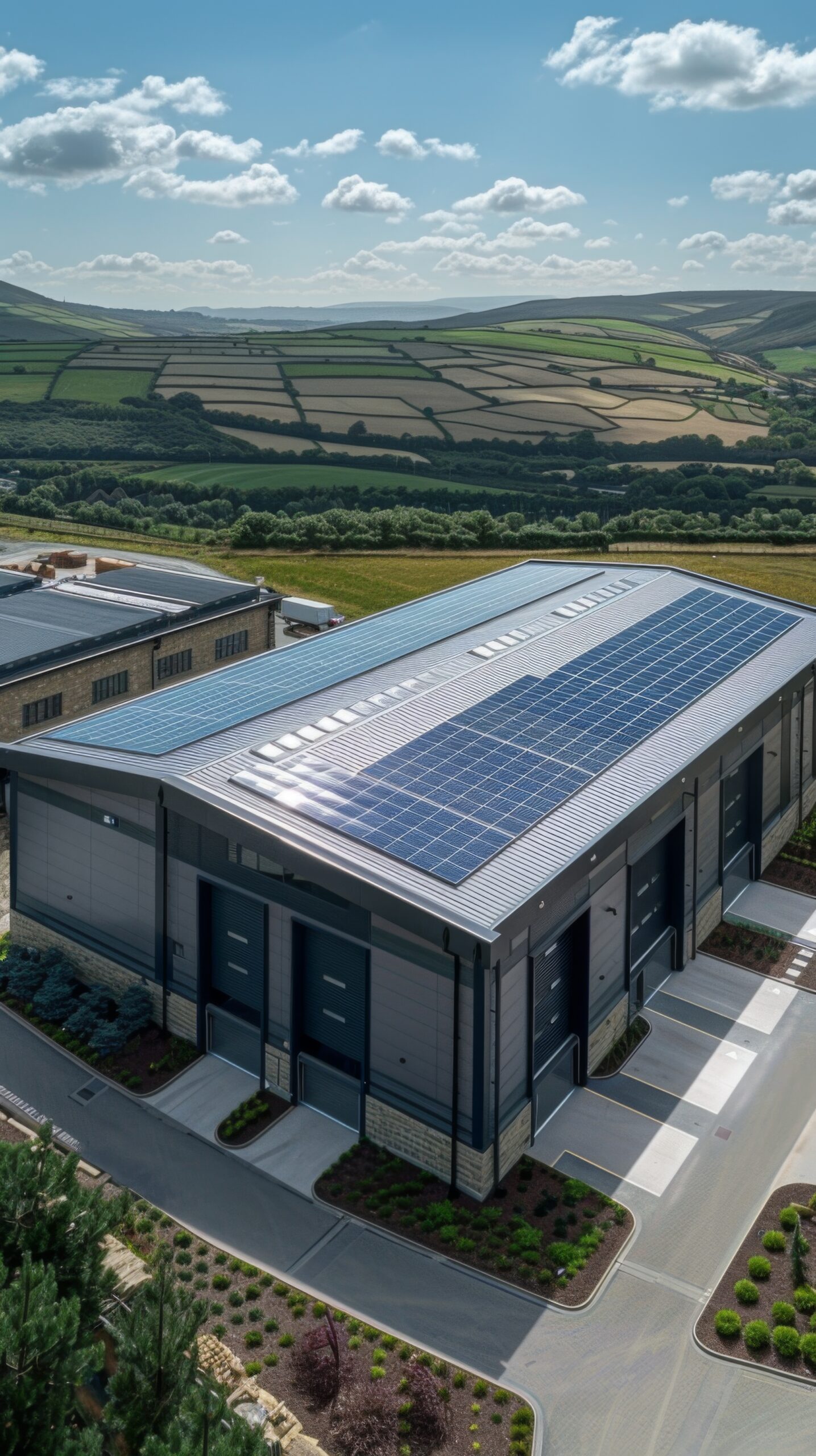
Residential Solar Projects
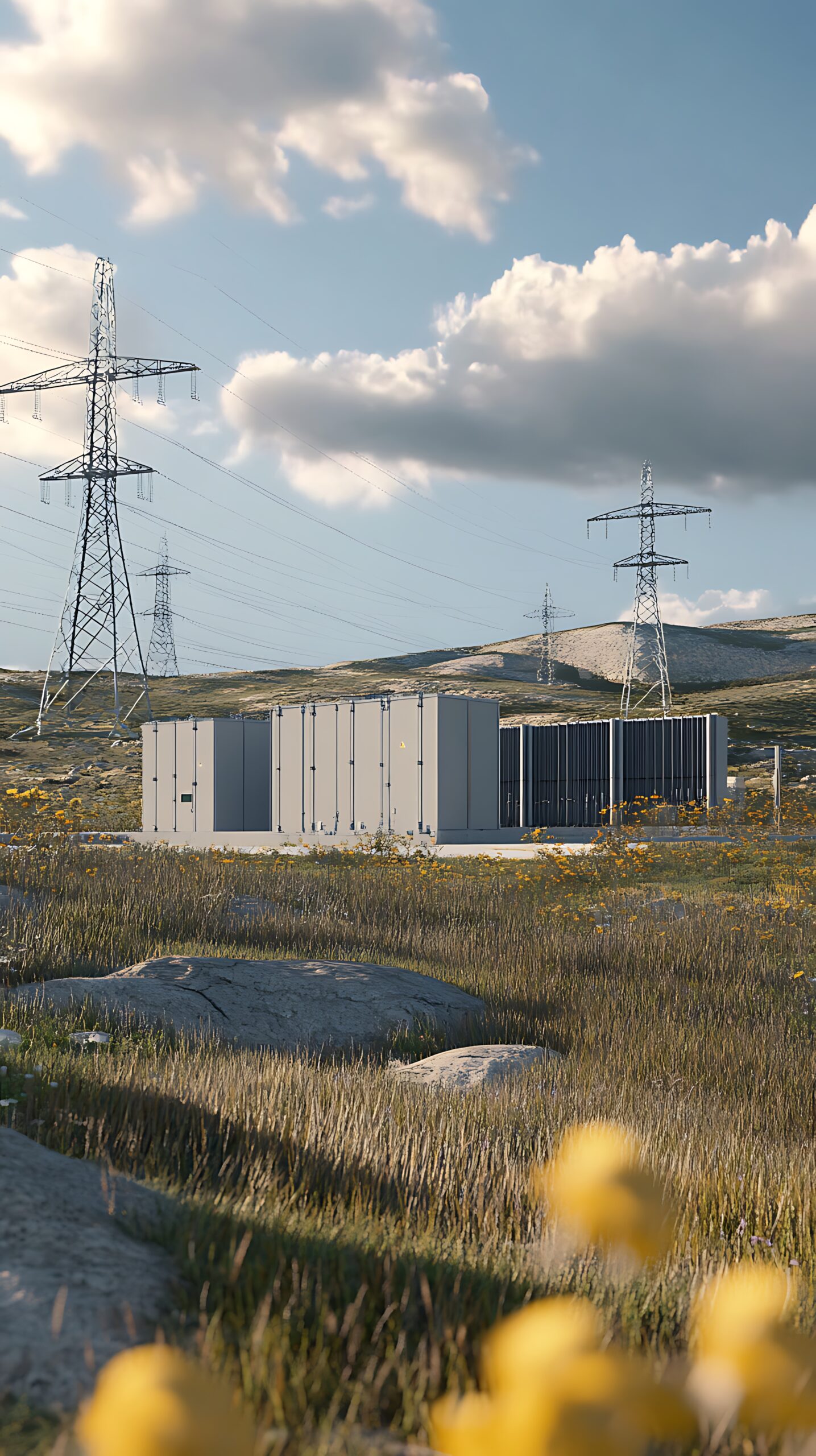
Residential Solar Projects
Residential
LFP or NMC
Higher energy density but shorter lifespan.
Commercial
Short-Duration (2–4 hrs):
LFP (CATL, Fluence)
Long-Duration (6+ hrs):
Flow Batteries (InvinityVanadium)
Utility-Scale
Budget Option:
Advanced Lead-Acid (EnerSys)
High-Performance:
LFP (SimpliPhi, PylonTech)
Expert Guidance Every Step of the Way
Complete energy storage solutions—expertly installed for peak performance . Let’s power your next step together.
Quick Contact
If you have any questions or need help, feel free to contact with our team.
6500 River Place Blvd, Bldg. 7 Ste 250, Austin, Texas, 78730, United States
Get Directions 

